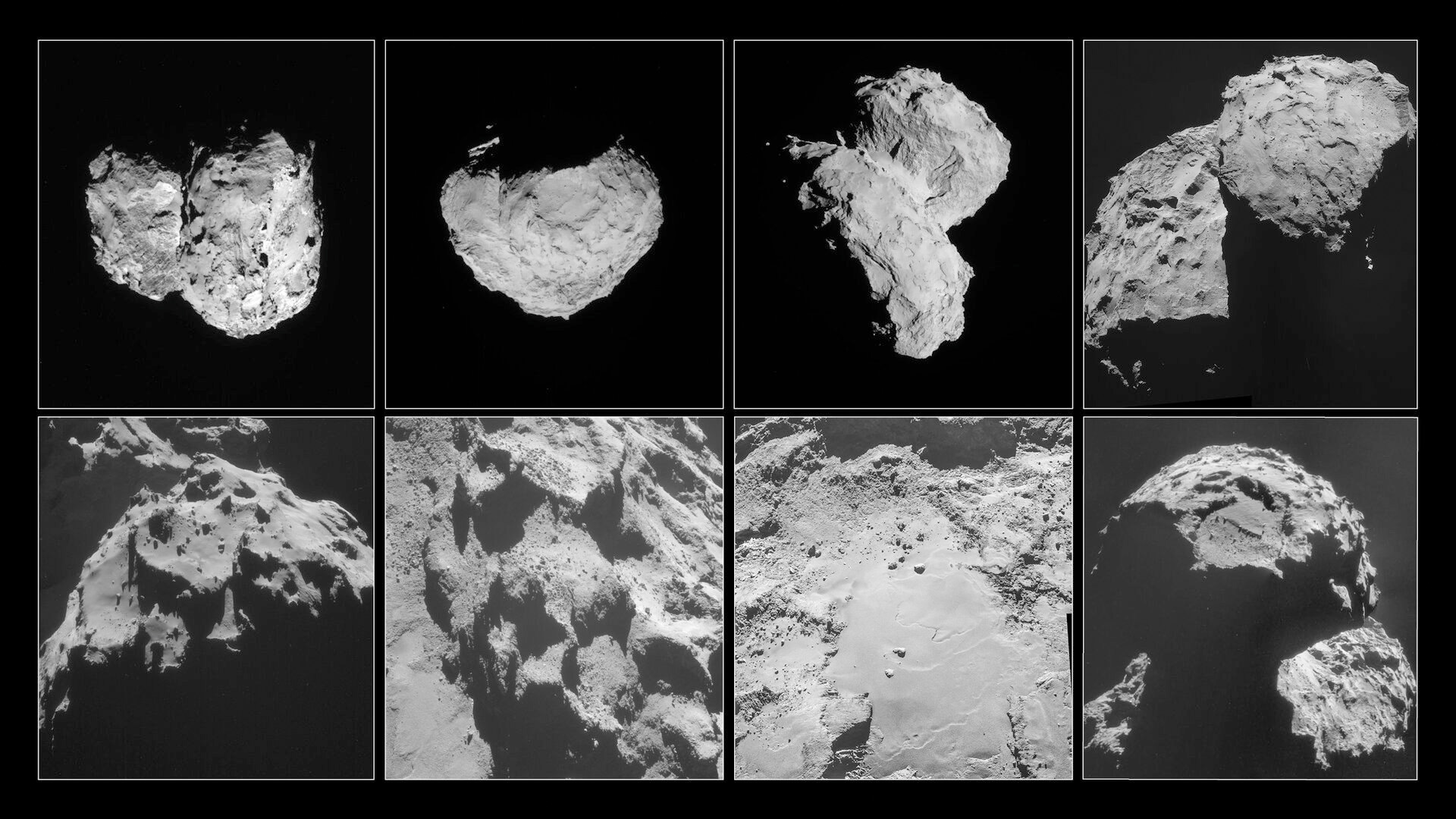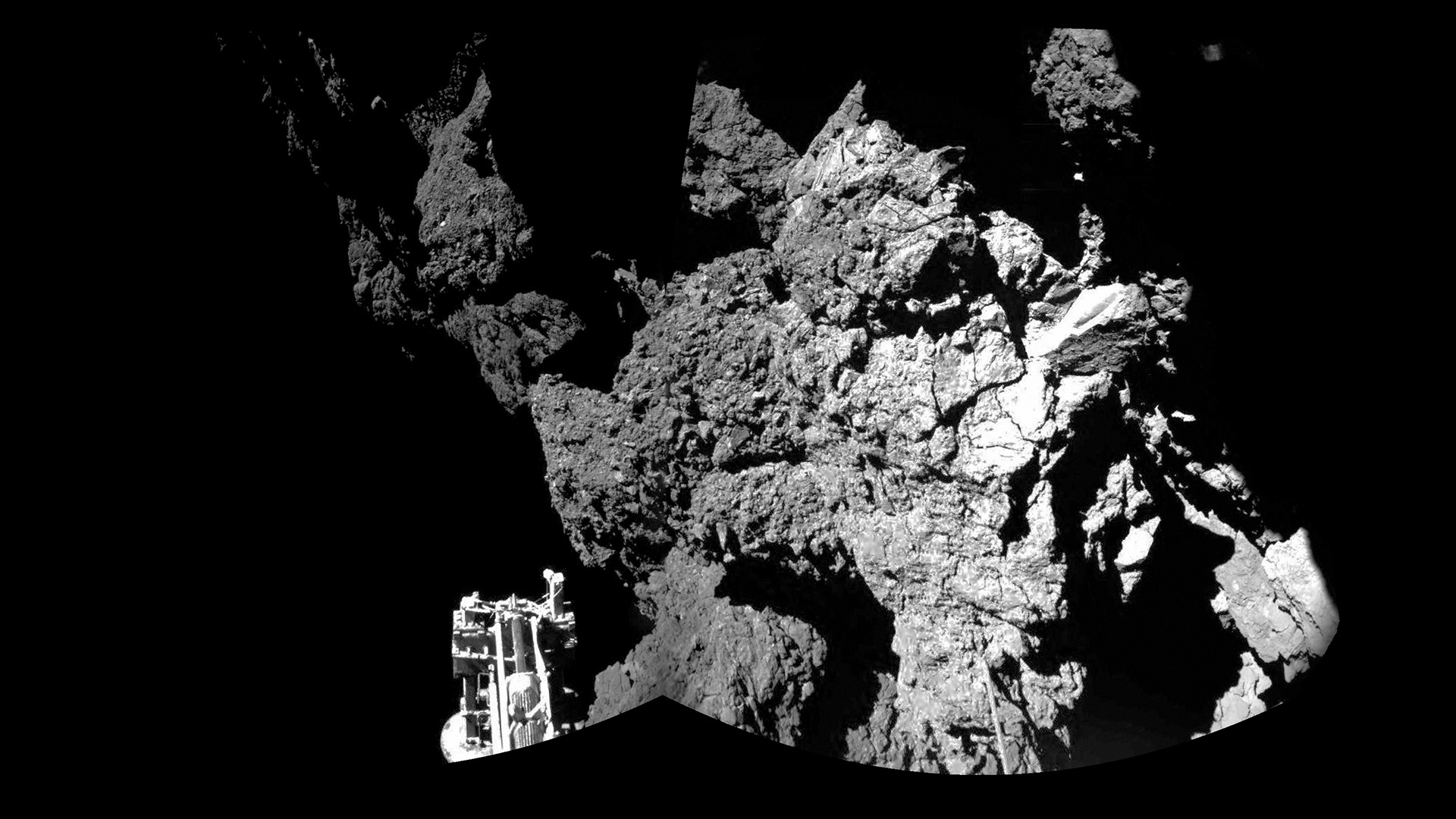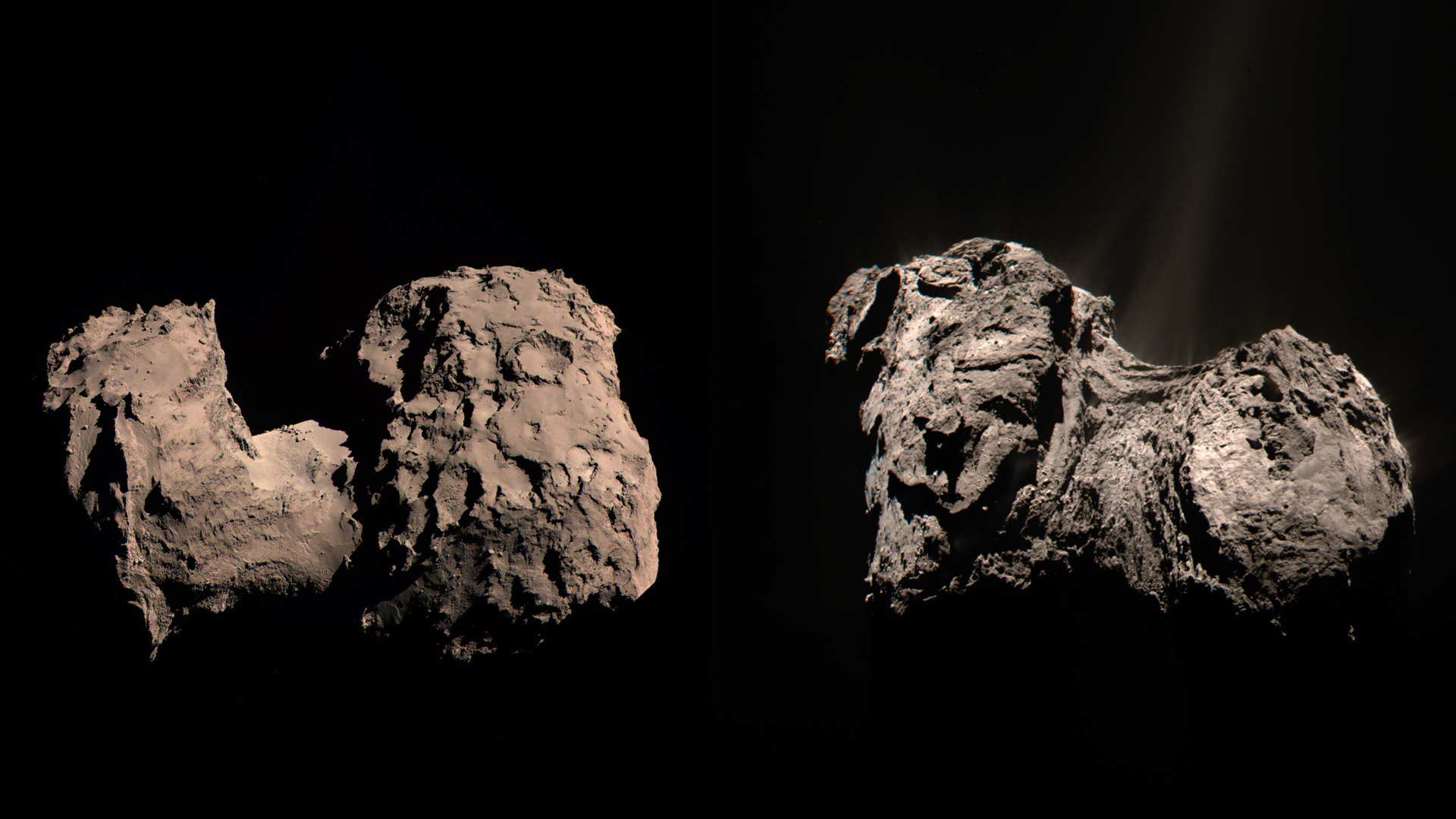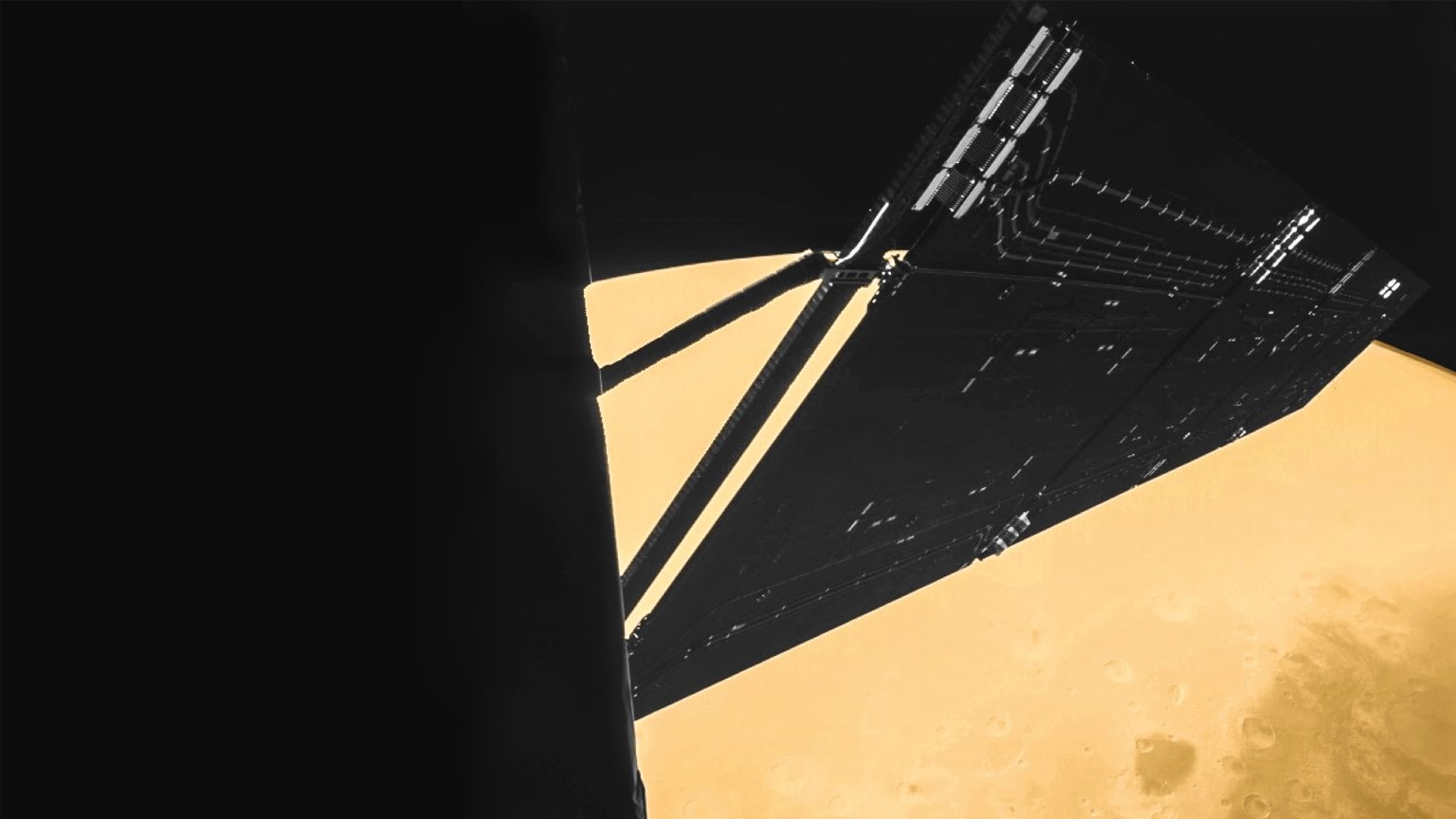March 2nd was the 20th anniversary of the start of the Rosetta spacecraft’s journey towards the comet 67P/Churyumov-Gerasimenko. Rosetta’s mission was to study the comet’s nucleus and its environment for approximately two years as well as to land a probe on its surface. Rosetta arrived at its destination on August 6th 2014, when it began its mission, measuring all the comet’s parameters and mapping its surface to find a suitable place for Philae to land.
November 2014 saw Philae’s landing, after which Rosetta continued its mission following the comet around the Sun and as it moved away towards Jupiter. The mission ended with a controlled descent of Rosetta to the comet’s surface in September 2016.
Rosetta was the first spacecraft to orbit a comet and Philae the first module to land on a comet. We are proud to that the contribution of Spanish companies and scientists played an important role in the success of the mission.
About the image
Coloured picture of the image taken by Rosetta’s Philae lander on 25 February 2007 during Mars flyby at a distance of 1000 km from the surface.
Cometa 67P/Churyumov-Gerasimenko

About the image
Images of comet 67P/Churyumov-Gerasimenko taken by Rosetta’s navigation camera between August and November 2014.
Philae on comet’s surface

About the image
The view is a two-image mosaic of the Philae lander on the surface of Comet 67P/Churyumov-Gerasimenko. Images from the lander’s CIVA camera taken on Nov. 12, 2014.
North and South poles compared

About the image
The northern (left) and southern (right) hemispheres of 67P. The southern hemisphere came into view in mid-2015 during its summer, which coincides with perihelion and the peak of comet activity.





